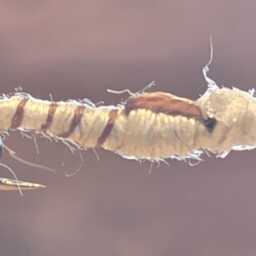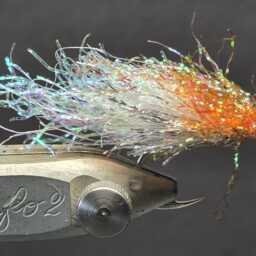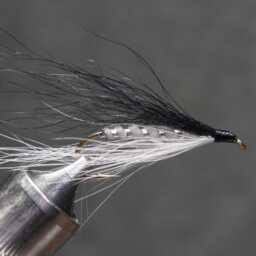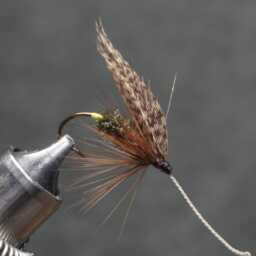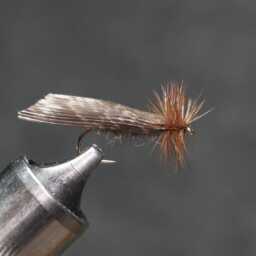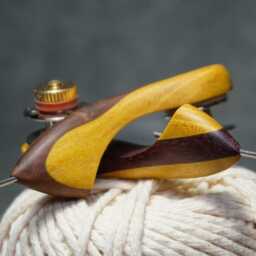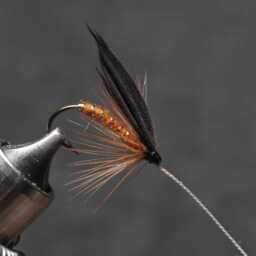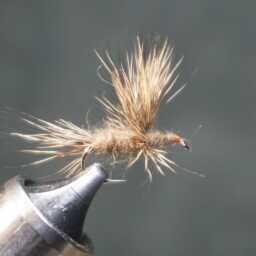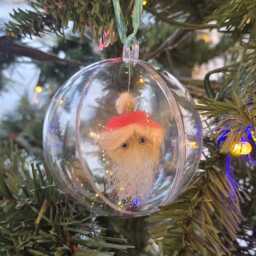In fly tying, coot wing feathers serve as an excellent substitute for moorhen, particularly for spider patterns on Trout flies. These natural feathers, varying in length, are commonly used for wet and dry Trout patterns, including famous flies like the Greenwells Glory, Iron Blue Spider hackle, and the Moorhen & Gold fly.
Moorhens, also known as marsh hens, belong to the rail family (Rallidae) and are medium-sized water birds. Most species, classified under the genus Gallinula (Latin for “little hen”), are closely related to coots and are often referred to as (black) gallinules. A distinct species, the lesser moorhen (Paragallinula angulata), led to the creation of a new genus, Paragallinula.
In the Australian region, two species, sometimes placed in Tribonyx, are termed “native hens” and visually differ with shorter toes and bills, along with longer tails lacking the white signal pattern of typical moorhens.
These birds typically exhibit brown and black plumage with white markings. Unlike many rails, they are easily visible as they feed in open water margins rather than concealing themselves in reedbeds. With short rounded wings and weak flight capabilities, moorhens can cover long distances, but some island populations, like the Gough moorhen, tend towards flightlessness.
Moorhens showcase excellent walking abilities on strong legs with long, well-adapted toes for soft, uneven surfaces. Omnivorous in nature, they consume plant material, small rodents, amphibians, and eggs. During the breeding season, they are territorially aggressive but often form sizable flocks on preferred shallow, vegetated lakes.
« Back to Glossary Index
